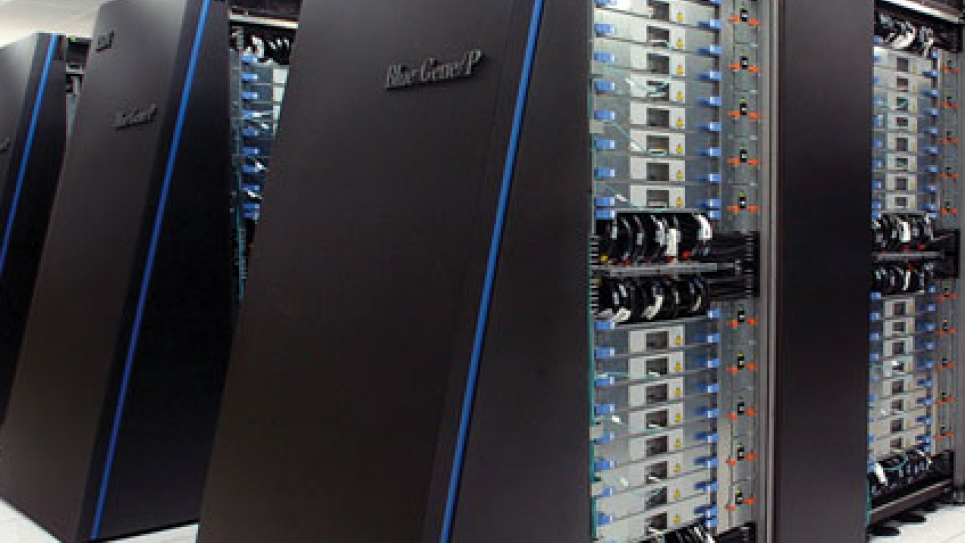
Argonne National Labs selects Allinea DDT for Blue Gene and Linux - Debugging tools evolution to support petascale and exascale
The US Department of Energy's Argonne National Laboratory (www.anl.gov) has selected Allinea DDT as the default tool for parallel debugging on its Blue Gene (BG) and Linux Systems.
Allinea DDT provides advanced parallel debugging tools for scalar, multi-threaded and parallel applications, and is acclaimed for its intuitiveness and scalability.
Kalyan Kumaran, Manager, Performance Engineering, at Argonne National Labs, explains: “Our on-going collaboration with Allinea will now result in improved tools for our Blue Gene petascale class, as well as for future Exascale systems.
“We continue to work with Allinea DDT because it enables us to scale to petascale with current commercially released products, as well as providing ease of use, an intuitive user interface, and support for multiple architectures. Allinea are very focused on continuing to grow their tools capabilities.”
Mike Fish, CEO of Allinea Software, adds: “As scale increases, using a debugger becomes even more essential, yet the performance and interface complexity challenges become greater. This collaboration with one of the USA’s leading Labs, Argonne, confirms both Allinea DDT’s scalability in support of current, and future, BG systems, as well as the greater confidence in Allinea to deploy on Linux and BG petascale systems.
“In addition to driving science, the collaborations with DoE labs like Argonne have radically advanced debugging technology, created reusable capabilities shared by multiple agencies and customers, and helped Allinea validate its technology with one of the world’s most demanding supercomputer users.”
Earlier this year Allinea announced the release of DDT 3.0 – the first debugger capable of handling applications running across hundreds of thousands of cores – needed to deliver Petaflops performance. DDT 3.0 enables programmers to increase their efficiency when working at scale. It provides an interface that simplifies the presentation of many processes by merging similarities and highlighting differences, and is an easy to use tool on 100,000 cores as well as on just 100 cores.